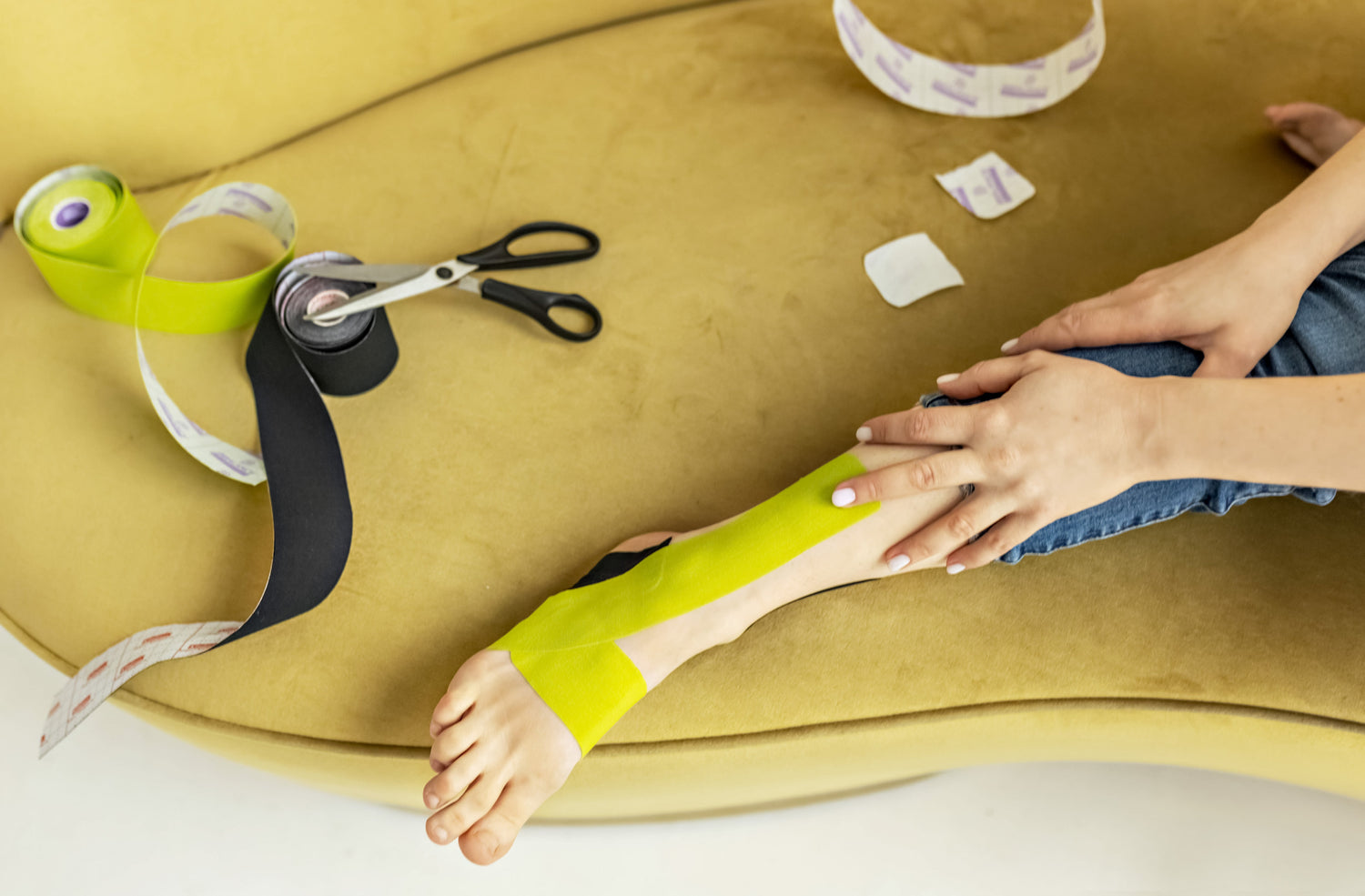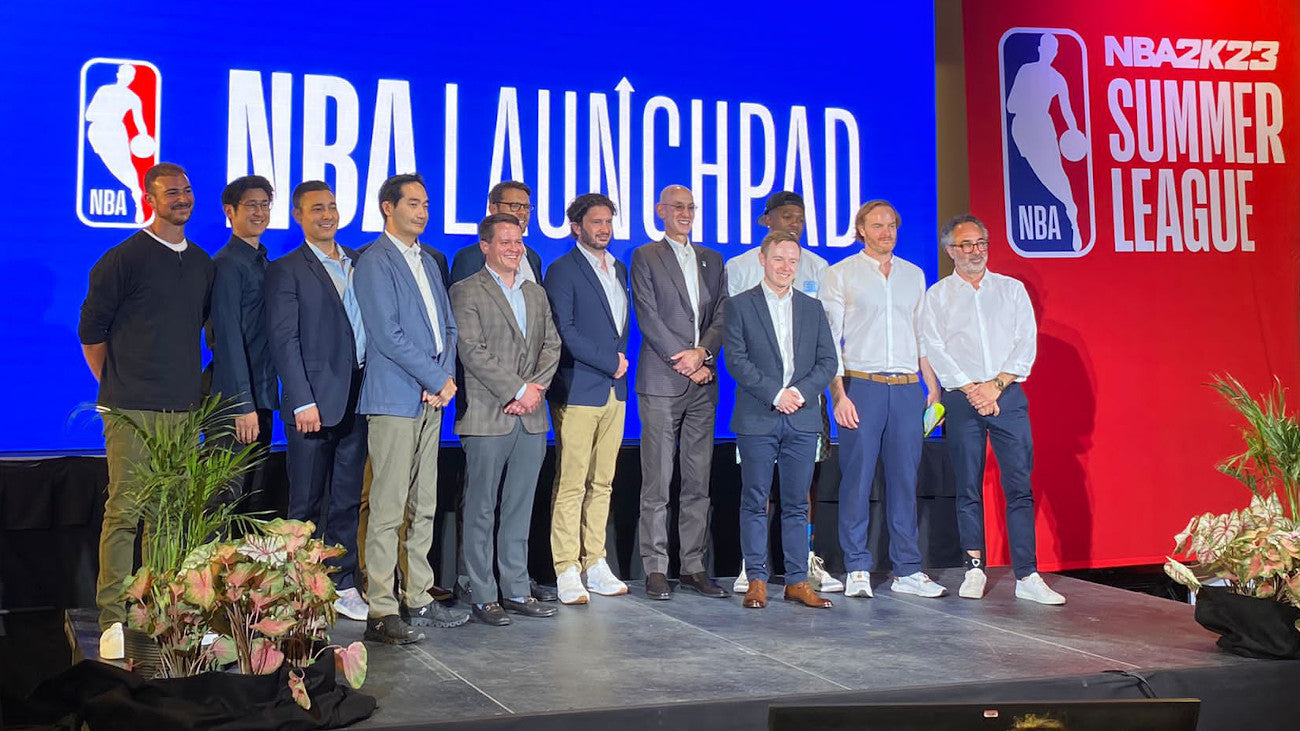Sports or physical exercise in general are healthy, regardless of the type of sport. A large number of studies confirm this. However, anyone who engages in sports always involves a certain risk of injury . The greater the physical exertion, the higher the risk of injury.
Ankle injuries are common in sports
One of the most common sports injuries is injuries to the ankle . These include, for example , ligament stretching and external ligament tears . Injuries of this type are not only painful, but also sometimes result in very long downtimes. In addition, there can be other problems even after the healing has taken place. It is not uncommon for affected athletes to complain about persistent instability of the ankle joint . Almost every athlete who has recovered is also accompanied by the fear of twisting their ankle again during sport. Stabilizing components and aids are required here.
Tape the ankle for more safety during sports
In order to stabilize the ankle accordingly, many athletes use a classic tape across all sports. This promises protection and security. The first effect of taping, however, is in the mental or psychological area. Psychologists have found out that a taped ankle banishes athletes' fear of another ankle injury from their own thoughts, at least temporarily. Here one can almost speak of a placebo effect. But what does the taping really do ?

Stabilizing and protecting - this is how the ankle works
A look at how the ankle works helps to assess the actual effect better and more precisely. The ankle is always particularly challenged during sport . When running, jumping and even walking, it has to withstand or carry five times the body weight at times.
It acts as a link between your lower leg and your foot. In order to ensure mobility in different directions, the ankle consists, strictly speaking, of two individual partial joints . These complement each other functionally. A highly developed ligament and capsule apparatus provides the necessary stability itself.
Chronic instability occurs in a quarter of cases
In the event of an injury, you usually buckle over the outer edge of the foot. Depending on the severity of this twisting movement, this can lead to injuries such as a stretched ligament or a tear in the outer ligament . According to statistics, a so-called chronic joint instability develops after completion of the medically prescribed therapy measures. But even athletes who have recovered can sometimes only fully load the treated ankle or ankle again after several months. How much time the joint needs to produce 100 percent load depends on the severity of the injury, the treatment and the subsequent therapy.
What is the effect of taping as part of therapy?
In most cases, doctors treat an ankle injury (also known as sprain trauma) in a conservative manner. That means: Your foot or ankle is first immobilized, elevated and cooled with ice. The so-called PECH scheme is what you should do immediately after twisting . The swelling that has occurred is combated with the help of a compression bandage.
A bandage of this type is only used to reduce swelling and has no support function . Instead, an orthosis, for example, then takes over the stabilization for a few weeks. In combination with forearm supports , the foot and ankle can be relieved of body weight.
Wearing tape or bandages, on the other hand, is not part of the treatment, but is only used as part of the subsequent therapy . This is extremely important with regard to prevention in order to prevent another ankle injury from occurring in the first place. In addition, these aids support further mobilization.

At a glance: when and why to tape?
- Enables targeted, pinpoint use
- Is not towering
- Ideal for lighter symptoms
- Fast availability guaranteed
- A very cost-effective solution compared to the orthosis and bandage
Conclusion: What is the point of taping?
The question " Does tape bring anything? " can be answered in the affirmative, but only with restrictions. Because the support function and thus the stability is sufficient for minor ankle injuries and their symptoms. The tape loses its supporting effect within a very short time . In the case of severe and protracted injuries to the ankle, bandages are usually the better solution. It used to be the case that, in contrast to tape, freedom of movement was severely restricted.
Innovative sports bandage from Betterguards as a better solution
In November 2022, the technologically innovative sports bandage The BetterGuard came onto the market. It combines freedom of movement, wearing comfort and protective function in one. This is ensured by the intelligent BG PROTECTION system with its adaptive joint protection . Numerous examples show how well this works in practice. Ex-handball pro Kevin Struck, for example, was only able to play without symptoms again after using The BetterGuard. The concept and the success of the measure convinced him so much that today he is a member of the Betterguards team himself.






